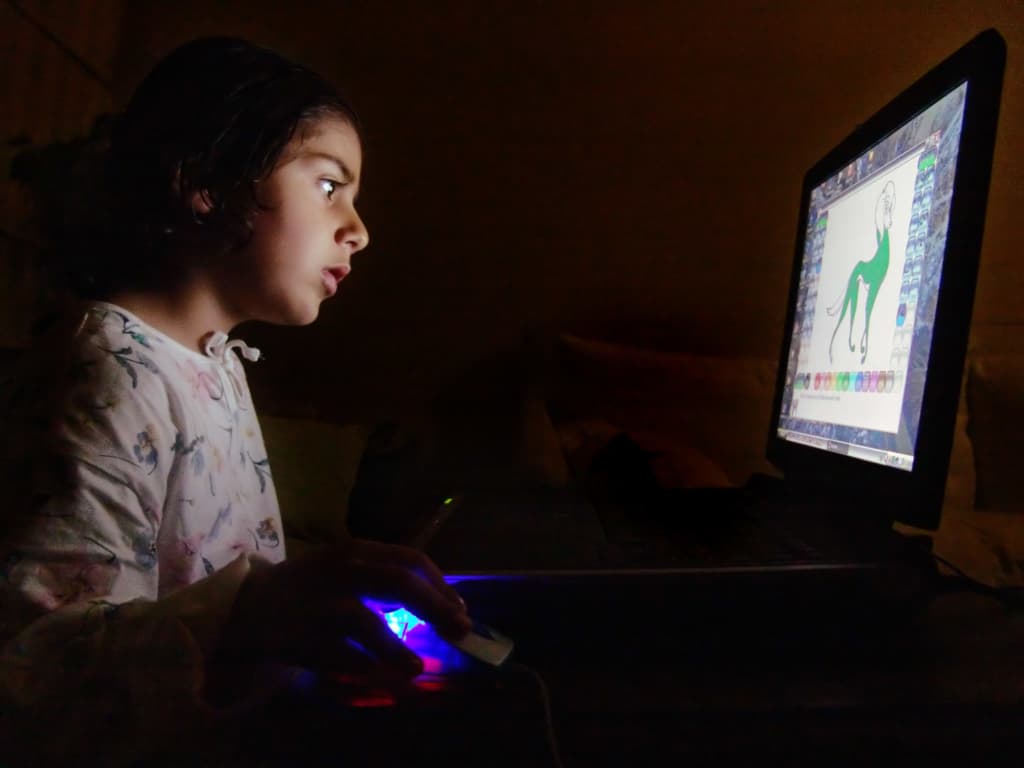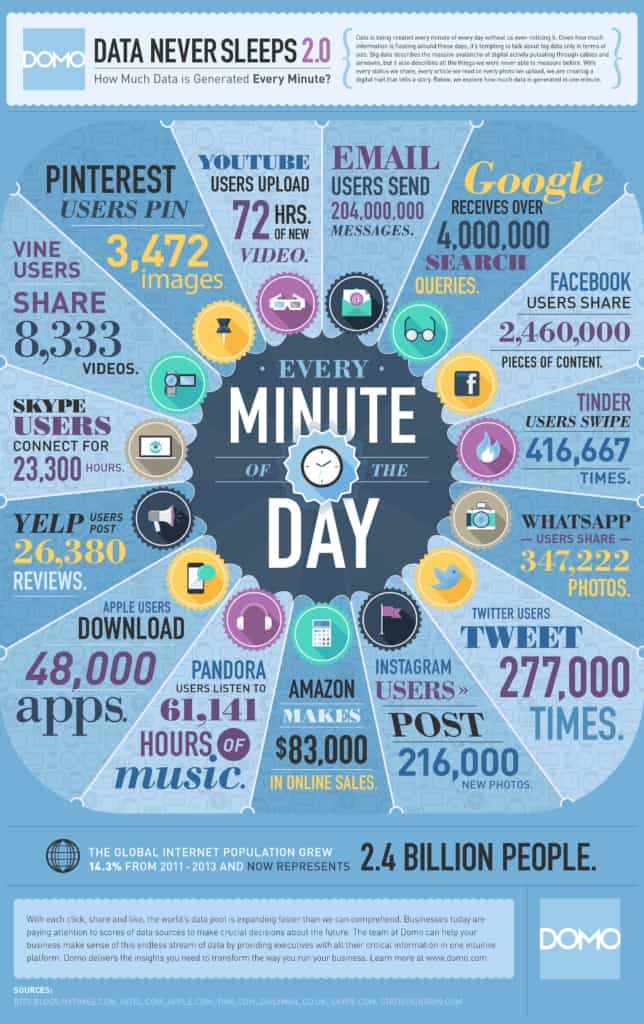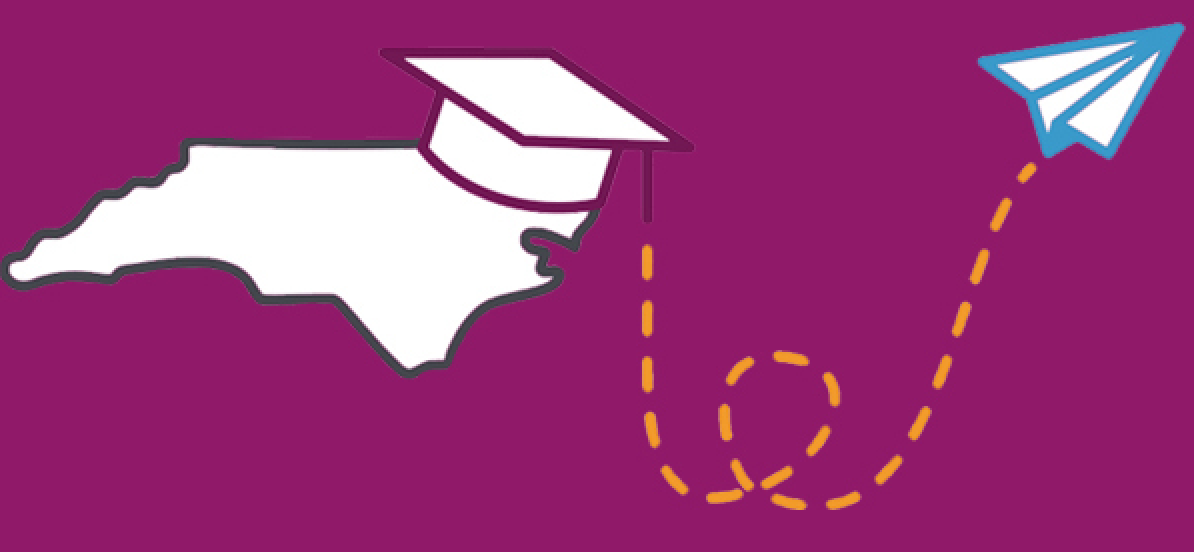
My son has become more attuned to current events in the last few months. This has triggered several in-depth conversations about some of the issues of the day: terrorism and gun policy, racism and civil rights, and the living constitution versus rule of law. One regular topic of conversation has been about the media and the role we as citizens play in our democracy.
Media literacy was one of my first policy interests. It is a broad field that seeks to teach students to apply critical thinking about how we ingest information. The overarching thesis is that we are under-aware of how the media affects us and how easy we are to persuade. These discussions have gained prominence recently, as “fake news” debates have taken hold.
Useful research on Media Literacy:
I began reviewing old papers and notes and seeing how media literacy has advanced over the last 15-20 years, and in doing so, I realized how much I have forgotten. I set about making a “Things I Wish I Had Learned About Civics” outline hoping that I could begin to ground him in some of the civic and media literacy principles.
Set higher goals for citizenship
It is easy to lose track of the sacrifice that is required to be a citizen. We sometimes focus on voting as the ultimate form of civic participation, but it goes deeper than that. It is about volunteering and, when necessary, leading.
Kids intrinsically understand this dynamic. They live in communities too and work in their school communities.
My memory of civics education is that we talked about the founders and the structure of government. These are important lessons, but we did not focus on the smaller but equally important forms of civic engagement: neighborhood support, community volunteering, and philanthropy.
Being a citizen is work. It is purposeful, inspiring work, but it requires effort, prioritization and sacrifice. I want to make sure that my kids understand that idea. I want them to have high expectations for what is required of them and to realize that the voting booth is a celebration of our citizenship not the ultimate goal.
Below is a short video about the Schools of Character program, one example of how school systems can set a high bar for citizenship.
Acknowledge and correct for bias
One of the hardest elements for anyone to face is their own bias. Post-enlightenment teaching has spent centuries ingraining in its students the value of rational thought. As a result, we too often perceive bias as weakness. Yet, bias is intrinsic. It is part of our make-up as humans and has evolved over time.
A massive infrastructure has developed around influencing and manipulating our bias. In the 1930s, the Nazi propaganda machine manipulated fear and insecurity dwindling from World War I. As technology evolves, so too do the methods of influence. Today, advertisers and propagandists similarly manipulate but with more tools at their disposal–targeted ads, clickbait, and most recently, “fake news.” They have more resources, time, and energy than we have as consumers. It is a jungle out there, and we are the prey.
The goal is not to instill fear of the media but to teach how bias can be subtly and subconsciously reinforced to create warped world views. We must face our biases in order to continue our evolution.
The good news is that bias, once identified, can be reshaped. Habits can be developed or reprogrammed. Even the simple act of acknowledging bias is a positive step towards greasing new grooves. As the old G.I. Joe cartoon used to say, “knowing is half the battle.”
Define what it means to be informed
I still struggle to set my personal standard for being informed. Through most of human history, news and information could not come fast enough. Information traveled over days, weeks, and months. Today, when there is so much information about the world, how do set standards for what it means to be a well-informed citizen?
Do I have to read every neighborhood newsletter? Do I need to know why the Yuan is devaluing the dollar? Do I need to know the specifics of what Harvey Weinstein did, or is it sufficient to know that it was bad? I take solace in knowing that almost everyone struggles with this. These are judgment calls that we make every day but for which there is no clear guidance.

The one answer used to be, and still is to some extent, to rely on publications that ascribe to old-school journalistic standards. However, these “mainstream media” outlets have been called into question recently. I know well-informed, well-educated people who refuse to read The New York Times or the Raleigh News and Observer due to their perceived bias. Similarly, when I recently told a more liberal friend that I regularly read The Wall Street Journal, he looked insulted.
Unfortunately, straying from mainstream media means leaving an information path that, while imperfect, has been built with some acknowledgement of journalistic ethics and a feedback loop for quality control. Straying from that path means entering the wilderness where ethical standards are still evolving.
Regardless, there is still a question of how much information do we need to be engaged citizens. If we commit to the sacrifice of being citizens, then what do we need to know to be well-informed?
The short answer is, “I don’t know,” but I plan on presenting my kids with a five-rule list that I hope will give them a target standard, at least for the next iteration of information evolution.
1. Use trusted curators. Identify information curators and aggregators that strive for neutrality and ascribe to journalistic principles. At NCCPPR, we strive to be a curator with our Friday @ 5 newsletter, and there are other great ones out there.
2. Read the other side. Regularly read a source that is perceived to lean the opposite of your natural inclination. It is easy to write entire publications off because of a small sample set of articles or coverage approach. That is part of our bias mechanism.
Several months ago, I did an experiment where I thoroughly read The New York Times and the Wall Street Journal for two weeks. The exercise gave me a deeper appreciation for their nuances and deeper respect for them as sources. Regardless of our “go to” sources, there is value in seeing another perspective on the world.
3. Don’t add to the melee. Avoid repeating information that you cannot source, and if you can not remember where you heard something, proactively acknowledge that you are working from memory.
4. “I saw it on Twitter” is not a citation. Do not take anything that comes via social media as fact without independently verifying through other means. While the ethics to print journalism are established, the ethics of social media are evolving. Until we work out the standards, social media is good for leads but not yet ready to be taken as fact.
5. Dig-in on issues that stir emotion. Regardless of the source, any time you read or hear something that creates a strong reaction, verify and critically analyze the source of the reaction. Bias manipulation feeds on emotion; identify and investigate the emotion, and we can understand our biases.
Teachers and researchers continue to develop curricula and approaches for the changing civic engagement landscape. For example, the Center’s affiliate organization, First Vote NC, is working in more than 105 North Carolina schools to promote the role of voting in civic engagement. We as parents and citizens need to support and reinforce these efforts. Let us know if there are other rules that you think are important for media literacy and civic engagement. We will curate a growing list. After all, we are in the jungle together.
Weekly Insight Civic Engagement Media & Journalism

